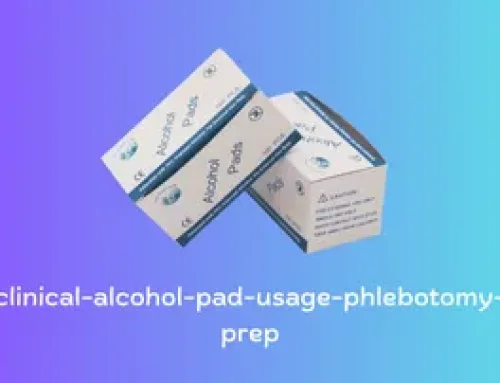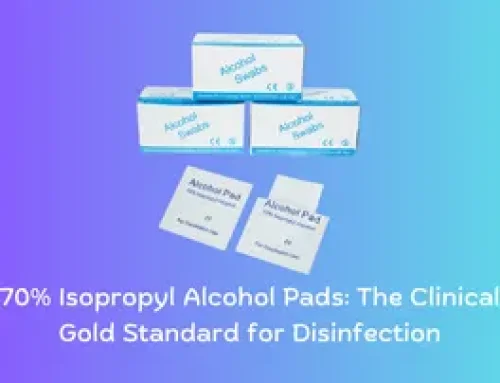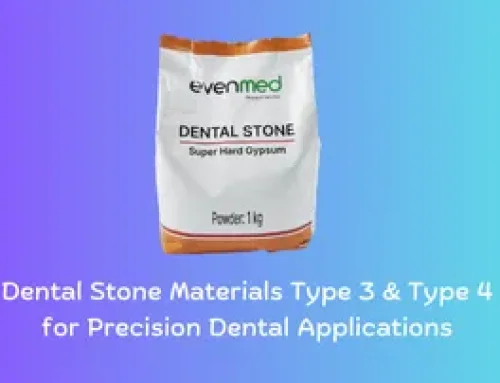Surgical sutures, also known as stitches, are commonly used in medical procedures to close wounds or incisions. They come in different types, materials, and sizes, and are chosen based on the location and type of the wound, as well as the patient’s overall health and medical history.
We will discuss the various types of surgical sutures, their uses, and the healing process associated with surgical sutures.
Download the Surgical Suture Manual
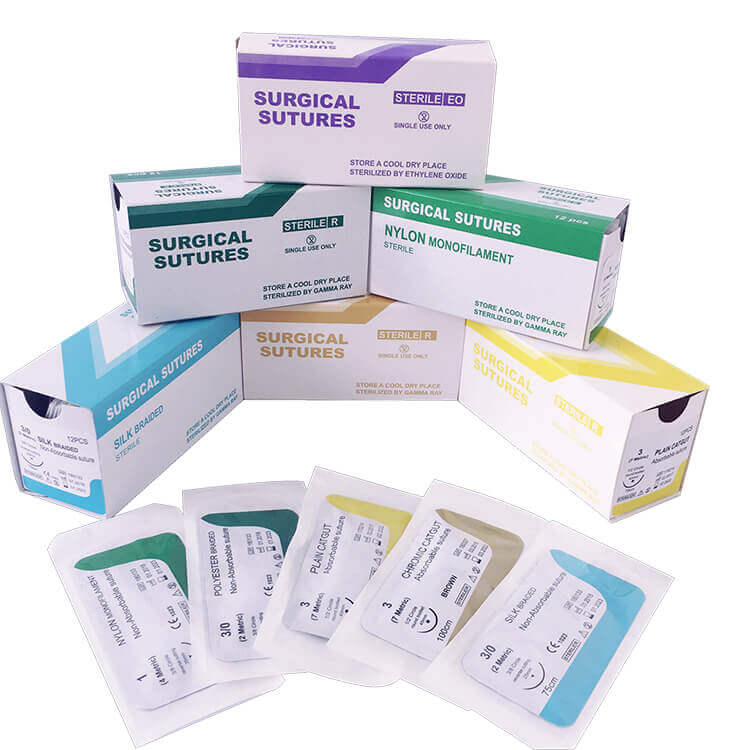
Types of surgical sutures
Surgical sutures are classified based on their composition, absorbency, and strength. Here are the most commonly used types of surgical sutures:
There are many ways to categorize the many suture kinds.
Suture material can be divided into two categories: absorbable and nonabsorbable.
Absorbable sutures don’t require your doctor to remove them. This is due to the fact that your body’s tissues have enzymes that naturally digest them.
Your doctor will need to remove non-absorbable sutures at a later time or, in some situations, leave them permanently.
Second, the suture material can be categorized in accordance with the material’s actual structure. Sutures made with monofilament have only one thread. This makes it possible for the suture to go through tissues more quickly. Multiple tiny threads are braided together to make braided sutures. Better security may result from this, but the risk of infection is enhanced.
Third, sutures can be categorized as being constructed of synthetic or natural materials. This distinction is not especially useful, though, as all suture material is sterilized.
It is important to note that the type of suture used depends on the location, type, and size of the wound, as well as the patient’s overall health and medical history.
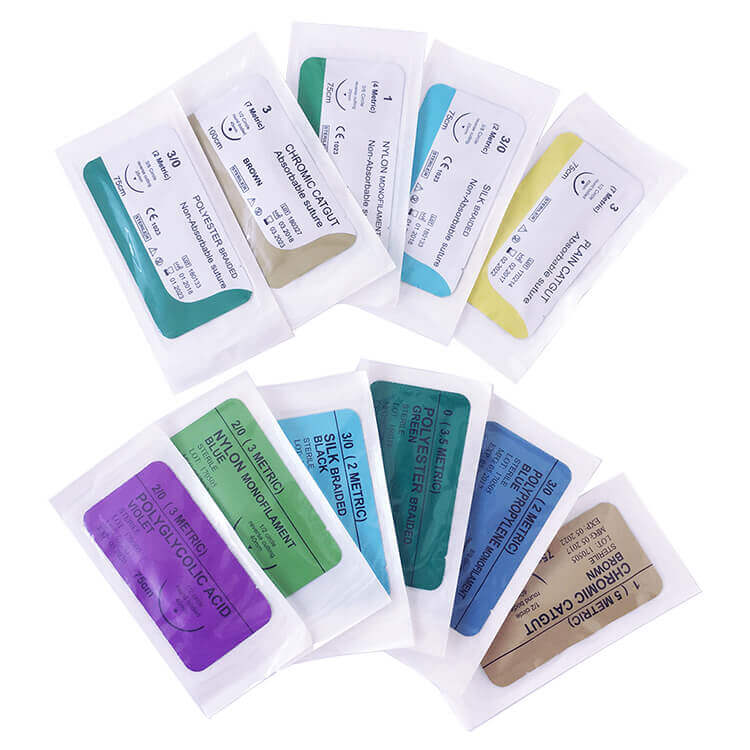
Types of Absorbable sutures
Absorbable sutures are made from synthetic materials that dissolve over time and are commonly used in internal wound closure. Here are the most commonly used types of absorbable sutures:
- Polyglactin 910 (Vicryl): This suture is made of a copolymer of glycolic and lactide acids and is rapidly absorbed by the body within a few weeks. It is commonly used in soft tissue closure and has a smooth, shiny surface that reduces tissue trauma.
- Polyglycolic acid (PGA): This suture is made of glycolic acid and is slowly absorbed by the body over several months. It is commonly used in deeper tissues, such as muscle and fascia, due to its strength and slow absorption rate.
- Polydioxanone (PDS): This suture is made of a copolymer of polyethylene oxide and is slowly absorbed by the body over several months. It is commonly used in deeper tissues, such as tendon and ligament, due to its strength and slow absorption rate.
- Poliglecaprone 25(PGCL). This synthetic monofilament suture is a monofilament absorbable suture material made of glycolide and epsilon caprolactone copolymer (PGCL). It is pliable, with low tissue drag giving it smooth tissue passage.
It is important to note that the rate of absorption of these sutures can vary based on several factors, including the patient’s overall health, wound location, and the presence of infection or inflammation.
Types of Non-Absorbable sutures
Non-absorbable sutures are made of synthetic materials that do not dissolve and are commonly used in external wound closure. Here are the most commonly used types of non-absorbable sutures:
- Nylon: Made of a synthetic polymer and is commonly used in skin closure due to its strength, flexibility, and knot security.
- Polypropylene: Made of a synthetic polymer and is commonly used in areas that require a high degree of strength, such as in surgical incisions or traumatic wounds. It is also commonly used in hernia repairs due to its knot security and resistance to breakage.
- Silk: A coated and braided natural suture that is not absorbable. Silk sutures are given a unique silicone treatment to provide them strength and a smooth surface that makes it easy for tissues to flow through.
- Polyester: Made of a synthetic polymer and is commonly used in areas that require a high degree of strength, such as in surgical incisions or traumatic wounds. It is also commonly used in cardiovascular surgery due to its resistance to breakage and knot security.
It is important to note that the type of non-absorbable suture used will depend on several factors, including the location, size, and type of wound, as well as the patient’s overall health and medical history.
Uses of surgical sutures
Surgical sutures are commonly used in surgical procedures to close incisions, but they can also be used to close wounds caused by injury or trauma. They can be used on various parts of the body, including the skin, muscles, and organs.
In addition to wound closure, surgical sutures can also be used to help reduce scarring, hold tissue together during healing, and improve the overall cosmetic outcome of a procedure.
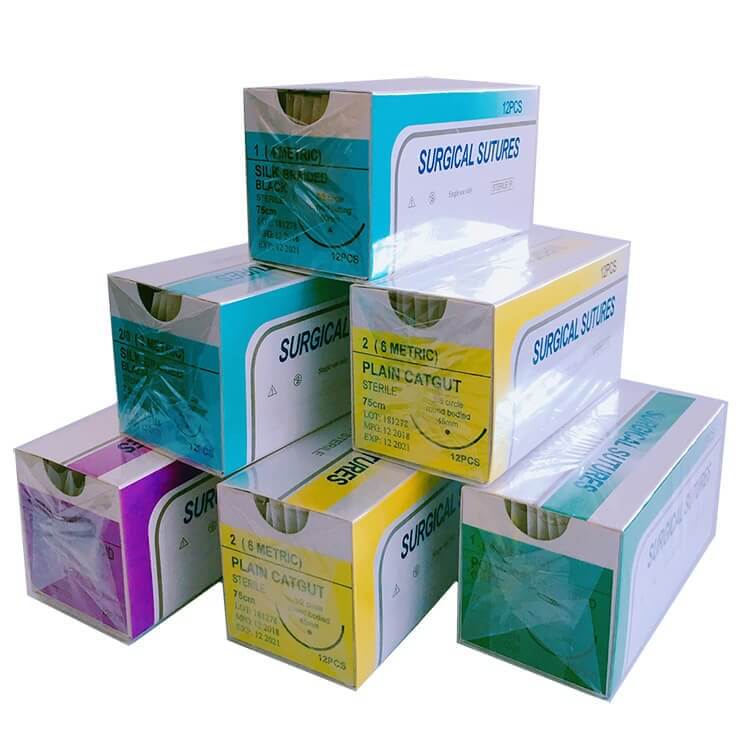
Healing Process with surgical sutures
The healing process with surgical sutures depends on several factors, including the location and type of the wound, as well as the patient’s overall health and medical history.
In general, the healing process can take anywhere from a few days to several weeks or months. During this time, it is important to keep the wound clean and dry, and to follow the instructions of your healthcare provider for proper wound care.
If you have absorbable surgical sutures, you may notice that the wound begins to close immediately, but it may take several days or weeks for the surgical sutures to fully dissolve. If you have non-absorbable surgical sutures, you will need to return to your healthcare provider for removal once the wound has fully healed.
Conclusion
Surgical sutures are a commonly used medical tool for wound closure and healing. They come in different types and materials, and are chosen based on the location and type of the wound, as well as the patient’s overall health and medical history.
The healing process with surgical sutures can take anywhere from a few days to several weeks or months, and proper wound care is important to ensure proper healing.
If you have any questions or concerns about surgical sutures, be sure to talk to your healthcare provider. They can provide you with more information and help you determine the best course of treatment for your individual needs.
Download the Surgical Suture Manual


